Researchers at Aalto University are investigating how a zombie plague would spread through Finland. It’s a light-hearted project, but it offers serious insights into global challenges, such as containing a pandemic or coping with disinformation.
Tag: Epidemeology
Initiative to Strengthen Response to Infectious Disease Outbreaks in the Mountain West
The COVID-19 pandemic spotlighted how a rapid and effective response to infectious disease outbreaks is critical for saving lives and protecting communities. With a $17.5 million, five-year grant from the U.S. Centers for Disease Control and Prevention (CDC), University of Utah researchers, in collaboration with Washington State University, are leading efforts to provide data and tools that guide decisions to improve responses to emerging public health threats in the Mountain West.
Johns Hopkins Bloomberg School of Public Health Appoints Sonia Angell as New Bloomberg Professor of the Practice of American Health
Johns Hopkins Bloomberg School of Public Health has appointed Sonia Angell, MD, MPH, as a Bloomberg Professor of the Practice of American Health in the Department of Epidemiology.
Hurricane Ian poses major risk to unprepared, vulnerable Tampa Bay, Gulf Coast of Florida
Hurricane Ian is expected to make landfall near Tampa Bay, Fla., on Thursday as a Category 3 hurricane. Because of sea-level rise and lack of preparedness, Tampa and other nearby Gulf Coast cities would be devastated by flooding if Ian…
Major storm modeled to follow Fiona, possibly en route to Florida
The strongest hurricane of the Atlantic season caused death and destruction in Puerto Rico, the Dominican Republic and other parts of the Caribbean and continues to pose a threat along the eastern seaboard. But now models are predicting a storm that…
Department of Energy Announces $5 Million for Research to Develop New Models for Bio-Preparedness
The U.S. Department of Energy (DOE) announced $5 million in funding for research to advance the development of tools that effectively use real-world data—disparate data that is often difficult to readily integrate—into new models (e.g., epidemiology or therapeutic development) in support of bio-preparedness and response studies.
Large Study in Botswana Finds Daily Micronutrient Supplementation During Pregnancy Reduces Complications at Birth
A six-year study of nearly 100,000 women in Botswana has provided new evidence that relatively inexpensive daily diet supplementation of iron, folic acid and vitamin supplementation in pregnancy can reduce complications at birth.
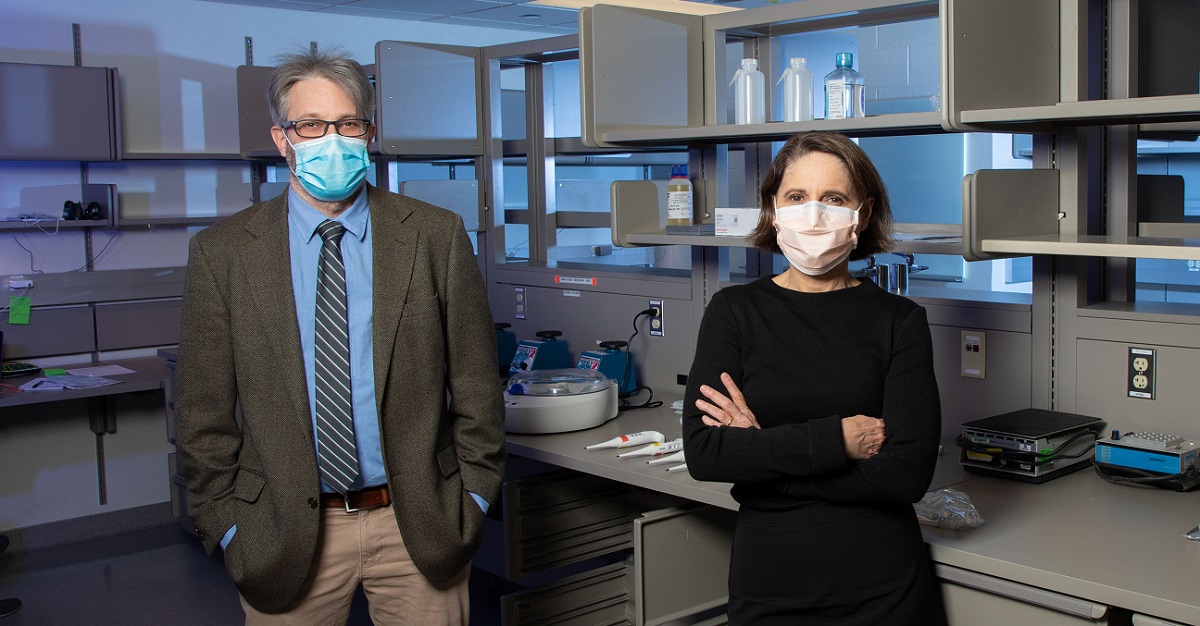
Chicago and Rush partner to detect new strains of COVID-19 with new advanced lab
Rush University Medical Center is opening an advanced molecular laboratory that will examine COVID-19 samples from across the city to detect new strains of the virus for the Chicago Department of Public Health
Survival tip: Start at normal weight and slowly add pounds
People who start adulthood with a body mass index (BMI) in the normal range and move later in life to being overweight – but never obese – tend to live the longest, a new study suggests.
Rutgers Epidemiologist Available to Discuss New Coronavirus Strain Found in NJ
A Rutgers epidemiologist is available to discuss the new coronavirus variant which has now been confirmed in New Jersey. The variant was earlier reported in the United Kingdom. “It was inevitable that the new and more contagious strain of the…
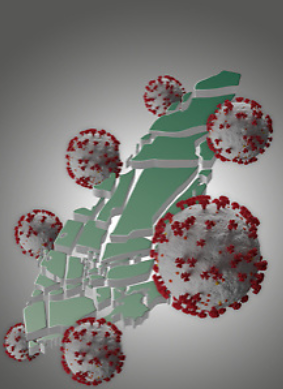
New COVID-19 model shows little benefit in prioritizing high-risk individuals for vaccination
Developed by a research team led by Maurizio Porfiri, Institute Professor at the NYU Tandon School of Engineering, a novel open-source platform comprises an agent-based model (ABM) of COVID-19 for the entire town of New Rochelle, in Westchester County, New York State.
Study looks at impact of disasters on mental health
A new study found suicide rates increase during disasters such as hurricanes and tornadoes. A team of researchers examined the impact of 281 natural disasters on suicide rates during a 12-year span and found overall suicide rates increased by 23% when compared to rates before and after the disaster.
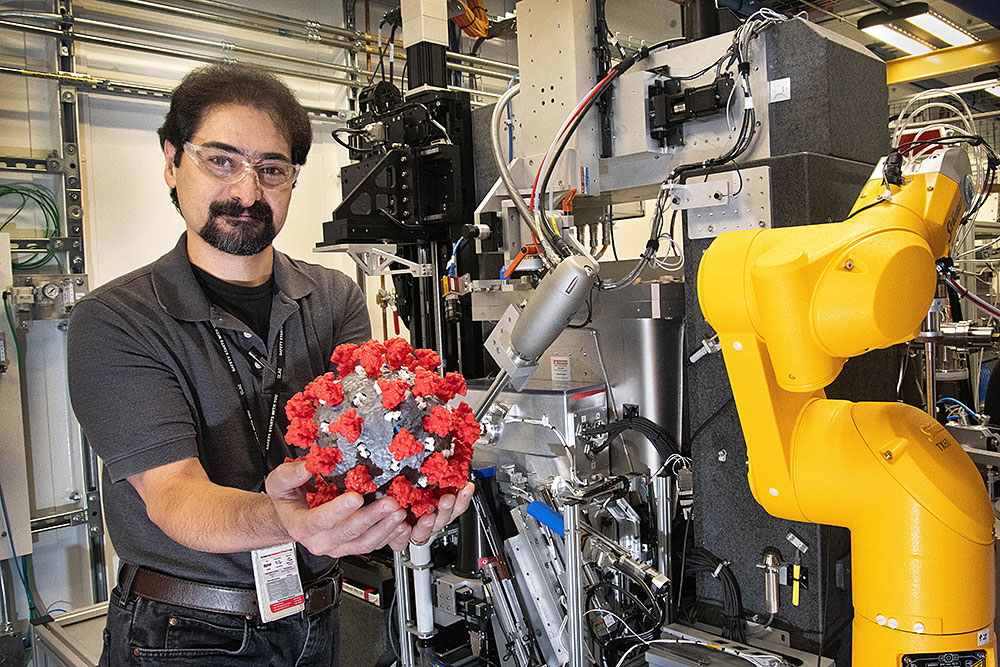
Steady Progress in the Battle Against COVID-19
Researchers at the U.S. Department of Energy’s (DOE) Brookhaven National Laboratory are making progress on several fronts in the battle against COVID-19, the global pandemic sparked by the emergence of a novel coronavirus late last year. This work is part of a worldwide effort to understand the virus and the factors that affect its spread with the aim of devising treatments and other mitigation strategies.
Quantity and Context of Physical Activity: Important Factors in the Relationship with Pain
Many people are affected by painful conditions like low back pain, arthritis and cancer. Pain can be difficult to treat, with few safe and effective options. Some research suggests that being physically active can reduce the severity and impact of…
Study: Identifying Optimal Points of Intervention to Address Racial and Ethnic Disparities in COVID-19 Fatality Rates in New York State
Results from a new COVID-19 epidemiological study have been released from the University at Albany in partnership with the New York State Department of Health (NYSDOH); the findings were published today in the peer-reviewed journal, Annals of Epidemiology.
Widespread facemask use could shrink the ‘R’ number and prevent a second COVID-19 wave – study
• Cambridge-led modelling looks at population-level facemask use.
• The more people use facemasks in public, the smaller the ‘R’.
• Even basic homemade masks significantly reduce transmission at a population level.
• Researchers call for information campaigns – “my mask protects you, your mask protects me” – that encourage the making and wearing of facemasks.
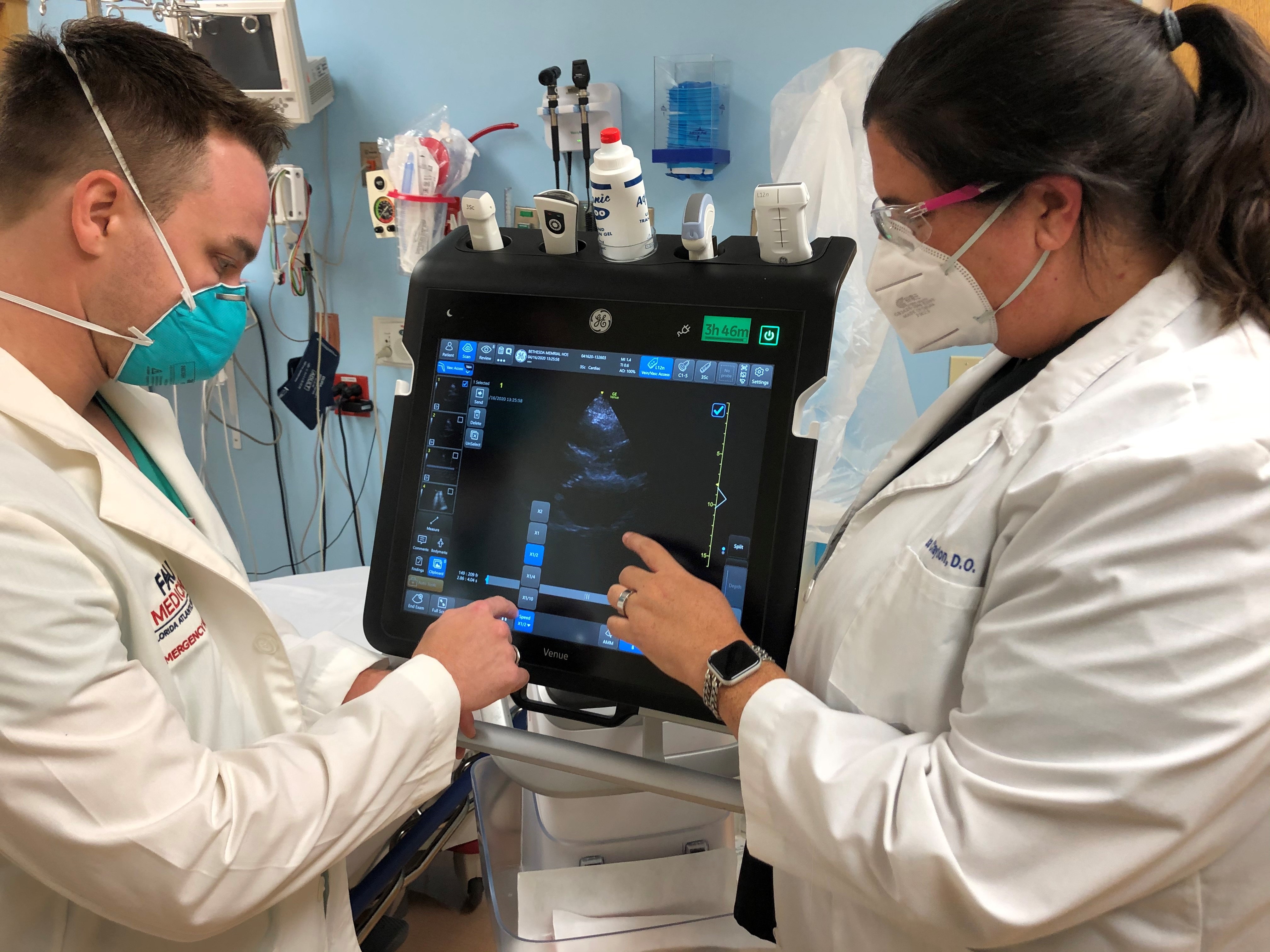
‘With This Ring,’ Scientists Hope to Predict COVID-19 in Healthcare Workers
A three-pronged approach will help to predict COVID-19 infection in healthcare workers. At the center of it all – a ring, which tracks vitals such as heart rate and temperature and alerts the user that they might be getting sick without even realizing it. The study also will determine if participants go on to develop an acute COVID-19 infection and the prevalence rate in that population. Researchers hope to better identify patterns that could predict the emergence and recovery from novel infections to prevent and contain future pandemics.
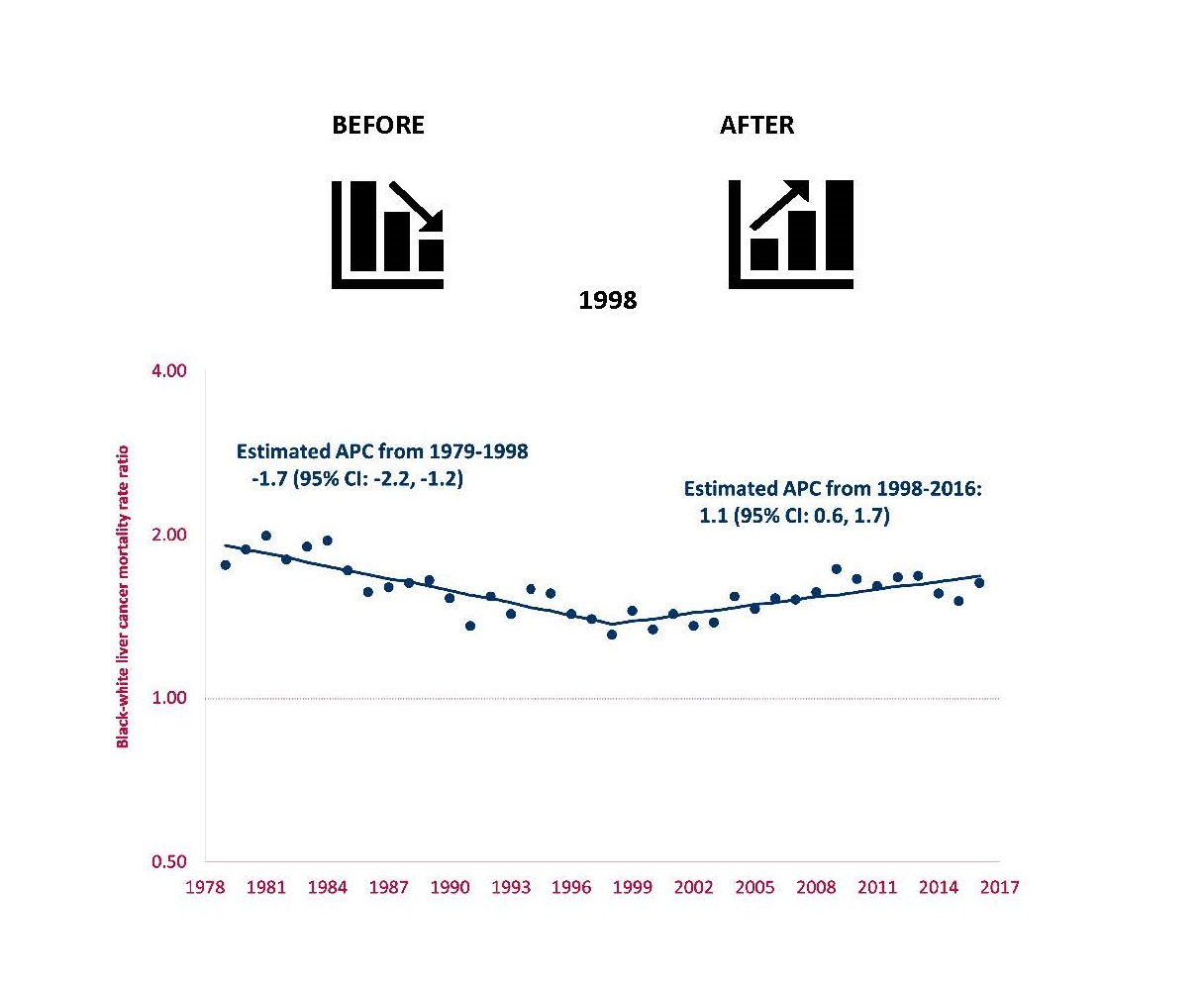
Racial Inequalities in Liver Cancer Deaths Soared After Launch of Hepatitis C Drugs
A study explored racial inequalities in death from liver cancer before and after the introduction of lifesaving drugs for hepatitis C. Results showed that from 1979 to 1998, racial inequalities in mortality from liver cancer in the U.S. were declining. But, from 1998 to 2016, of the 16,770 deaths from liver cancer among blacks, the excess relative to whites increased from 27.8 percent to 45.4 percent. Concurrently, racial inequalities in death decreased for major risk factors for liver cancer, such as alcohol and diabetes.
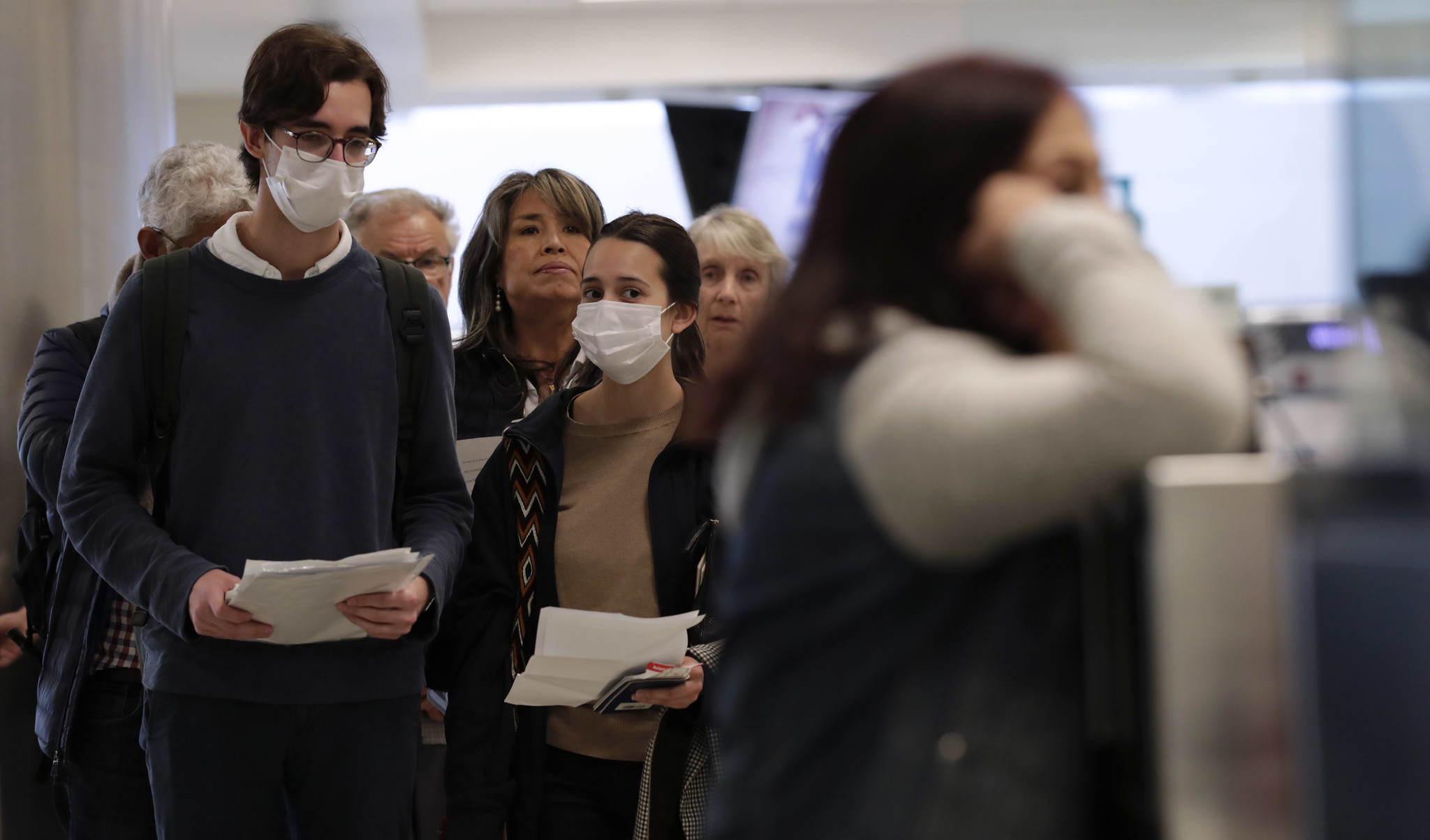
Biostatistics expert: ‘We’re not testing as much as we should be’ for COVID-19’s spread
A Virginia Tech professor who specializes in statistical modeling and disease surveillance says the United States has to do a better job of testing for the novel coronavirus if the country is to be successful in mitigating the virus’ spread.…
UC Davis launches two clinical studies to treat COVID-19
UC Davis Health has two clinical trials underway for hospitalized patients with severe COVID-19, the disease caused by the novel coronavirus, SARS-CoV-2.
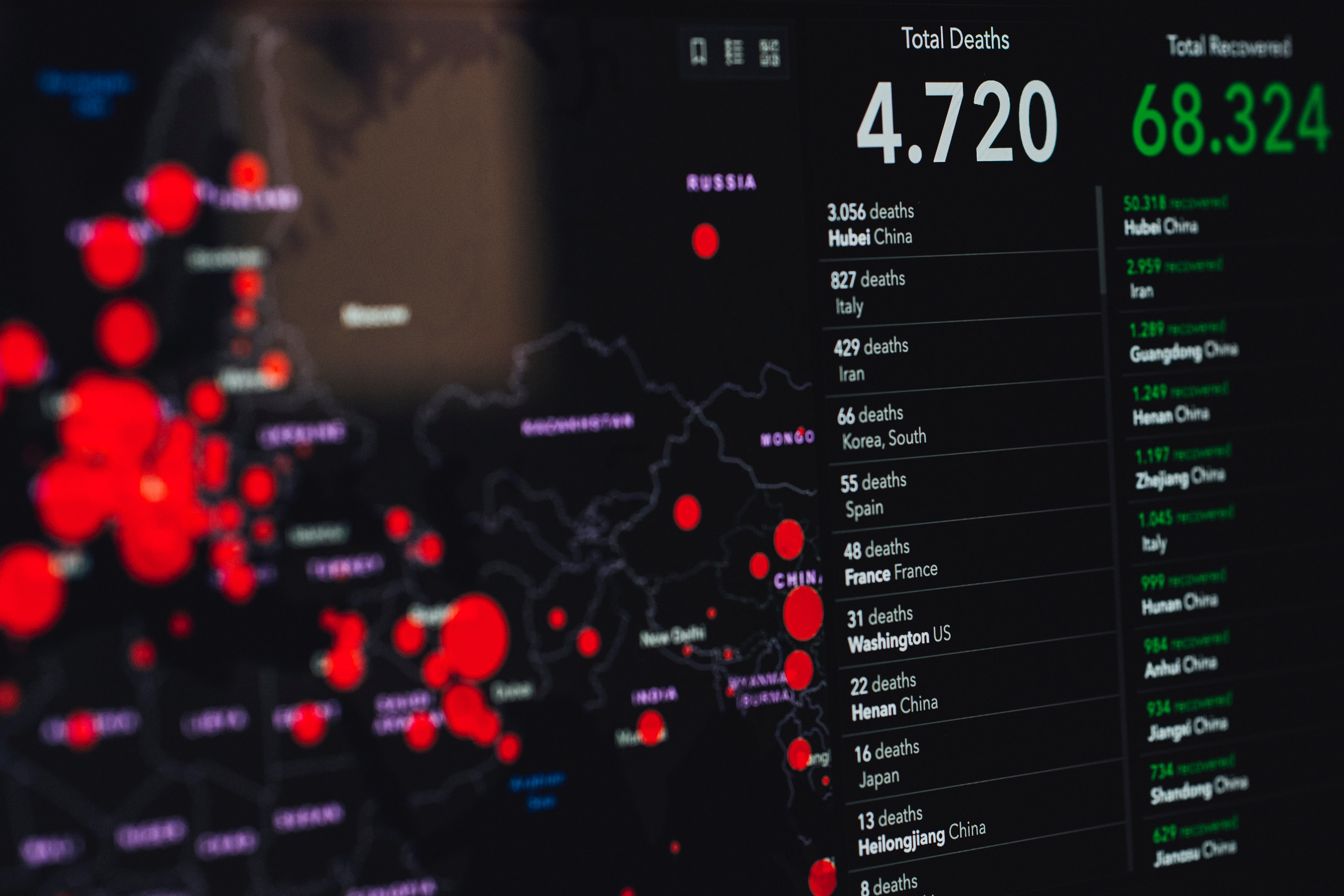
5 Ways Scientists Are Addressing the Coronavirus (COVID-19) Pandemic
As COVID-19, the disease caused by the new coronavirus, spreads across the globe, scientists are stepping up to the plate to address the numerous unanswered questions emerging in its wake.
New Algorithm Tracks Pediatric Sepsis Epidemiology Using Clinical Data
Researchers at Children’s Hospital of Philadelphia (CHOP) have developed a novel computational algorithm to track the epidemiology of pediatric sepsis, allowing for the collection of more accurate data about outcomes and incidence of the condition over time, which is essential to the improvement of care.
Effectiveness of travel bans – readily used during infectious disease outbreaks – mostly unknown, study finds
While travel bans are frequently used to stop the spread of an emerging infectious disease, a new University of Washington and Johns Hopkins University study of published research found that the effectiveness of travel bans is mostly unknown.
The Nose Knows: Study Establishes Airborne Exposure to Harmful Algal Blooms’ Toxins
There are no limits specific to airborne concentrations of microcystins (blue-green algae) or inhalation guidelines. Little is known about recreational and occupational exposure to these toxins. New research provides evidence of aerosol exposure to microcystins in coastal residents. Researchers detected microcystin in the nasal passages of 95 percent of the participants; some who reported no direct contact with impacted water. Results also showed higher concentrations among occupationally exposed individuals and demonstrated a relationship between nasal and water microcystin concentrations.
Pneumonia-like outbreak in China: Epidemiology expert can comment on re-emerging diseases, risk of larger spread
An expert on emerging and re-emerging diseases is available to comment on the pneumonia-like disease outbreak in Wuhan City in the Hubei province of China. Epidemiology professor Jennifer Horney can also discuss pharmaceutical and non-pharmaceutical interventions; risk of regional/ global spread; and…
Stephanie Shiau Joins the Rutgers School of Public Health
New Brunswick, NJ – The Rutgers School of Public Health is excited to announce that Stephanie Shiau, PhD, will be joining the department of biostatistics and epidemiology as an instructor in August. Shiau’s research focuses on the effects of human immunodeficiency virus (HIV)…